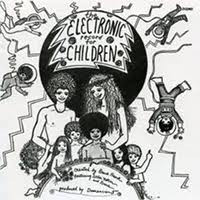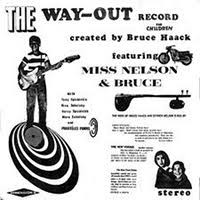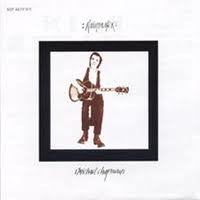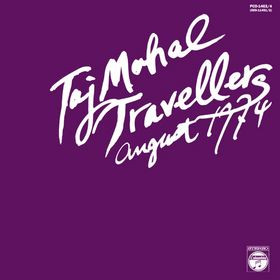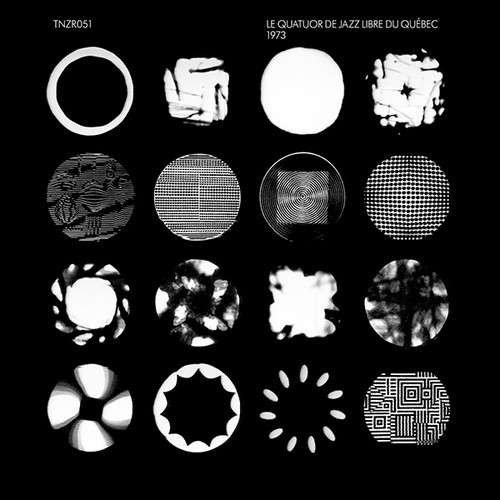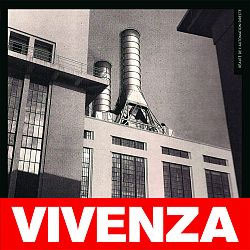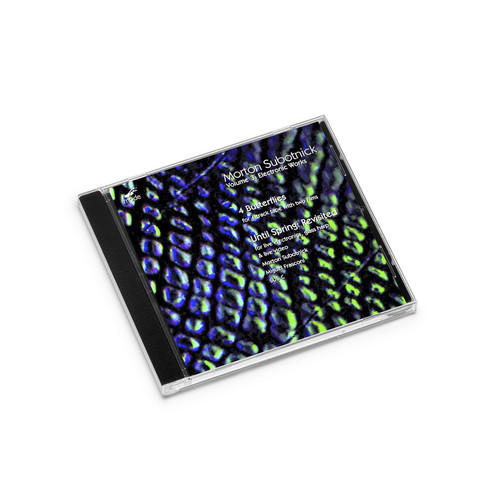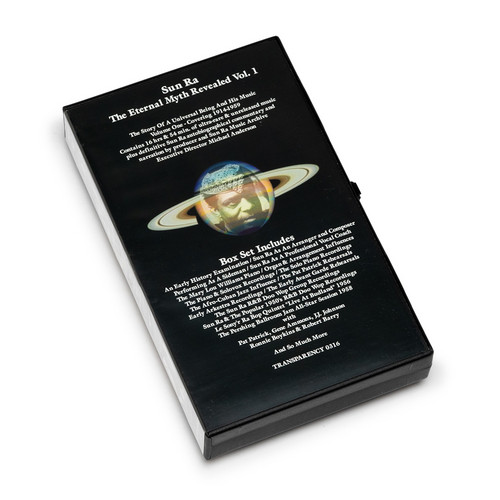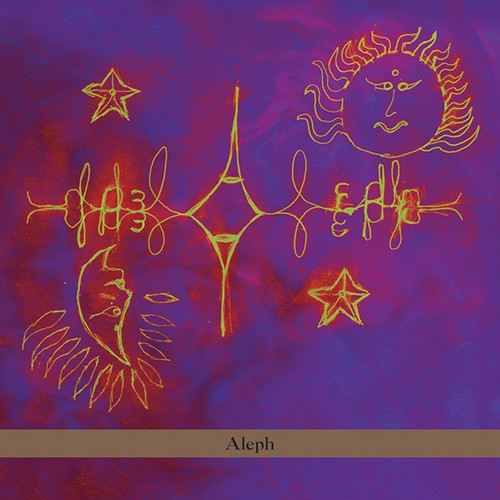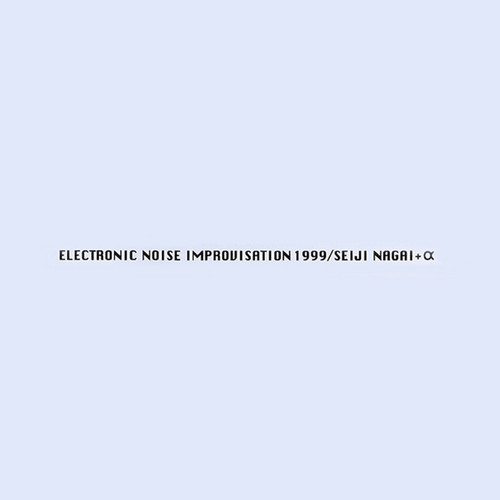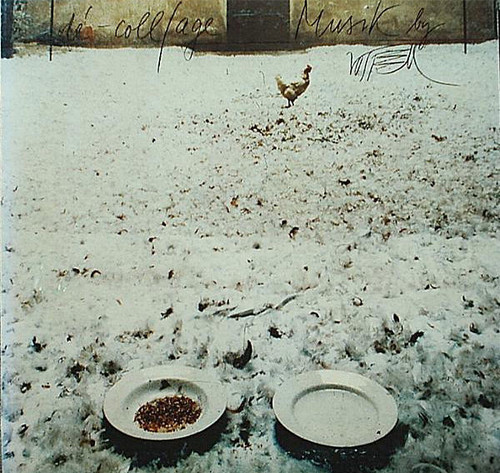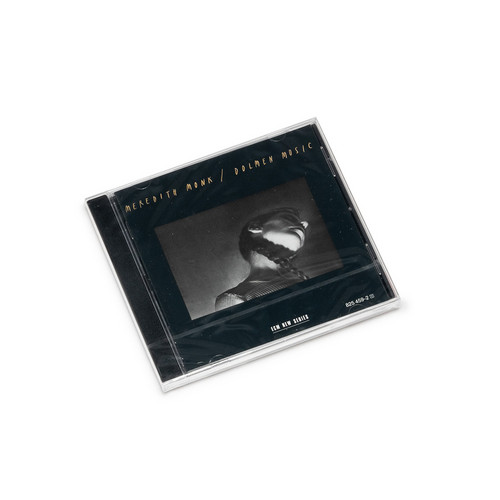Reissues
The Electronic Record For Children
"Recorded in 1969 , early electronic music pioneer Bruce Haack and child educator Ms. Nelson go bravely and deeply into psychedelic music compositions designed to open the minds and hearts of the young. Truly far out electronic music that evokes a space age alternate universe. Bruce and Ms. Nelson are joined by pianist Praxietellis Pandit and their relaxed sounding friend Chris to bring you songs about everything from ancient folk tales to outerspace to what the world sounds like when y…
The Way-Out Record For Children
"Recorded in 1968, a true psychedelic masterpiece for the kids. Ms. Nelson (a child educator) and Bruce Haack (an early electronic music pioneer) designed this record to open the minds and hearts of children to deeper levels of insight and culture. Not condescending in the least and with a childlike sense of wonder, Bruce and Ms. Nelson lay into some heavy songs about everything from Robots to Indian Mysticism to Motorcycle riding fantasies. It's all in here. The music is all generated…
Rainmaker
The day has come! We’re kicking off 2012 with a deluxe reissue of Michael Chapman’s debut Rainmaker. Originally released on Harvest Records in 1969, Rainmaker is a psychedelic-guitar-folk delight. Featuring some of Chapman’s best loved songs, “It Didn’t Work Out,” which features a stellar cast of legendary English musicians of the era; Guitarist “Clem” Clempson was in the prog-band Bakerloo (soon after playing with Chapman he’d join jazz-rockers Colosseum and then Humble Pie) Drummer Aynsley Dun…
1966
Karen Dalton was a remote, elusive creature. A hybrid of tough and tender with an unearthly voice that seemed to embody a time long past. As is often the case with such fragile beings, she instinctively understood that the only way to survive the harshness of the world around her, was to keep herself hidden. So it comes as no great surprise that she rarely sang in public or ventured into the unnatural setting of a recording studio. Only twice, for 1969’s It’s So Hard To Tell Who’s Going To Love …
August 1974
Gatefold 2LP version. Originally issued as a double LP with each of the 4 tracks being roughly the same length as the side of a record, August 1974 presents the Taj Mahal Travellers at their most sophisticated. Although their stunning cosmic music was always improvised, the band, formed in 1969 by "six meta-music creators and one electronic engineer" played regularly throughout Japan and eventually found their way to Europe where they met up with avant-garde musicians such as Don Cherry. 1…
1973
Formed in 1967, the Quatuor de jazz libre du Québec (QJLQ) was a force to be reckoned with in post-Quiet Revolution Quebec. Between 1967 and 1970, the QJLQ shared the stage with artists such as Louise Forestier, Robert Charlebois and l'Infonie. It promoted improvised music as a means of bringing about real social and cultural changes in Quebec. In 1970, the QJLQ established a colonie artistique in Val-David. It also acquired land - the Petit Québec Libre - in an effort to offer artists and…
Tiny fascinator
Allon Kaye is the nom de plume of R. de-Chantecler. He is the guardian and administrator of the London-based Entr’acte . C-20, professionally duplicated on Chrome tape by Adam Asnan. Letterpressed sleeve printed by Ben Owen / Middle Press. Numbered edition of 100 copies.
Realite De L'Automation Directe
Superb re-issue of 2nd cassette release from 1983! The true futuristic/bruitistic industrial machine sound from this French master! Comes in "heavy duty" oversized deluxe cover, lim./numb. 500 on black 200gr. vinyl. "Bruitism is the representation of a living, biological body, not unrelated but on the contrary intimate to the substance. The nature/technique gap is totally, in The Art of Noises, the most accomplished form of a reconciliation with industrial mechanization. By highlighting the a…
Desert Navigation
2017 remastered edition, with new standard glossy jacket. Orange vinyl
version. Edition of 500 (numbered). 2017 remastered edition, with new
standard glossy jackets. Texture and feeling of 1975 with boosted
audiophile sound quality. Previously unreleased album by German trio Sand,
recorded 1973-1982. Live events in the quarry and an archaic sound
formed the background music of the young atomic age. In the meantime,
after endless trance garage sessions, Sand drifted from the mythical
lands…
Symphonie Pour Le Jour Ou Bruleront Les Cites
CD version. Sub Rosa presents this cult album that has not been available in years. Re-released with new artwork, this is the 1980 version of Symphonie Pour Le Jour Où Brûleront Les Cités (the original version was released in 1976 and was later re-recorded). Pioneering Rock In Opposition filled with clashing percussion, frenetic orchestral motifs and apocalyptic brass. Not for the squeamish. It features the line-up of Thierry Zaboïtzeff (cello), Alain Eckert (guitar), Gilles Renard (saxoph…
The Flesh Creeping Gonzoid & Other Imaginary Creatures
A 6CD set that comes in a box adorned with lurid glossy artwork, complete with individual wallets and full colour booklet. The Flesh Creeping Gonzoid is a collection of studio outtakes, remixes, deleted obscurities and compilation appearances recorded between 1999 and 2010. Limited to 500 copies
Electronic Works 3
Until Spring was first conceived in 1975 on the Buchla synthesizer using only analog techniques. “It was about 10 years from Silver Apples to Until Spring,” Subotnick explains, “and I’d evolved a whole concept and a technique, but I had gone as far as I could go with it. I could do everything I wanted to do, but I couldn’t do it in real time.” As computers and software developed in the coming decades, Morton Subotnick created a software-based instrument that he felt could allow him to compl…
Mandara Trilogy
few copies available for this long time deleted CD, early 80s works for Voice and Electronics. "Mandalas are sacred pictures that can lead viewers to a state of "Satori" through intense and concentrated viewing of them. It semed to be that "listening" was as cognitively viable as "seeing". Bloody human heads and skulls on the loins, copulating, and stomping on horrendous devils ... looking at those extraordinary and ferocious gods with their outraged faces twisted with anger, through the silence…
Music in Twelve Parts
A milestone! Music in Twelve Parts, written by Philip Glass between 1971 and 1974, is a deliberate, encyclopedic compendium of some techniques of repetition the composer had been evolving since the mid 1960s. It holds an important place in Glass's repertory - not only from a historical vantage point (as the longest and most ambitious concert piece for the Philip Glass Ensemble) but from a purely aesthetic standard as well, because Music in Twelve Parts is both a massive theoretical exercis…
Wake Up Angels
Live recordings from Sun Ra Solar-Myth and Intergalactic Arkestras performing live at the Ann Arbor Blues & Jazz Festival from 1972-74, well-recorded and great performances in this first issue of these great concerts. "Recorded live at the Ann Arbor Blues And Jazz Festival 1972-73-74. The classic big band with a full complement of singers, Tracks 1 -10 (1972) feature the great "Space is the Place Suite". After the first few minutes the sound is surprisingly good with great drums throughout; cry…
The Eternal Myth Revealed Vol.1
Packaged 132 page 5" x 10" paperback book which includes writings, photos, vintage label scans etc Monumental 14-CD Boxed Set subtitles "The Story Of A Universal Being and his Music, Vol. 1: Covering 1933-1959". Contains thirteen hours of unreleased and ultra-rare music plus 5" x 10" paperback book of the definitive Sun Ra Autobiographical commentary. The first box set collaboration between Transparency and Michael D. Anderson of The Sun Ra Music Archive features nearly 17 hours of unreleased an…
Aleph
*2022 stock.* In his liner notes to Aleph, Terry Riley explains that the work was created as "an improvised meditation on the various meanings of this supreme emanation from the Hebrew alphabet." It was made using a Korg Triton Studio 88 synth with his own sound design, and employing a just intonation scale used by Lou Harrison on his last work, "Nek Chand for Just Intonation National Steel Guitar," which was performed by Riley's son Gyan on the album Serenado. Riley has been using the scale for…
Electronic Noise Improvisation 1999
After spending the first half of the 1970s globetrotting with Asia's premiere avant-garde band--Takehisa Kosugi's Taj Mahal Travellers (where Seiji Nagai played trumpet and keyboards)--Nagai continued to study and play music, particularly Indian music (drones) and electronic/computer generated music. In 1999 he finally released Electronic Noise Improvisation, with the help of Koichi Watanabe, Koji Kawai and Minoru Yonemoto. Here, as in the days of TMT, Nagai concentrates on creating dense …
Dé-Coll/Age Musik
Awesome reissue of the vinyl-lp originally released 1983 by Multhipla (Cramps) and focused on his de-collage tecnique: much of Wolf Vostell's work deals with the idea of de-collage just as it sounds, rendering the whole into parts. He put this into practice with video and with sound, with his sound contributions being of interest here. Real-life events, dialogues, and existing recorded materials are spliced apart, ragged at the ends. From liner notes: "Some years ago I asked Giuseppe Chiari 'Wha…
Dolmen Music
Meredith Monk and her vocal troupe cut a line between experimental theatre and music, marking a passage through the Ancient Greek tragedy, the opera, world-music, the archaic ritual and the mystical chant. It started with "Gotham Lullaby", presenting a contralto over a desolate and stark piano sonata. Then "Travelling" set a feverish gypsy dance, a wild ritual stirring the primeval forces at play. The sonata returned in "The Tale", as the backbone to an offbeat pantomime/ theatrical performance.…
